The work of Dr Joanne Cutler, archaeological textile tools specialist
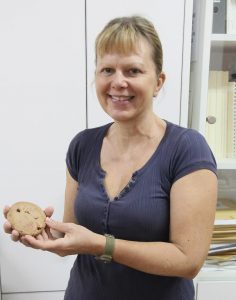
Her work on Iron Age textile tools is part of a European Research Council (ERC) funded project, Production and Consumption: Textile Economy and Urbanisation in Mediterranean Europe 1000-500BCE (PROCON). The project is based at the University of Cambridge. Other members of the project team are Margarita Gleba (Principal Investigator) and Susanna Harris.
Loom weights
Loom weights are objects of various shapes and sizes, usually ceramic in the case of Zagora, with a hole pierced through them, which are tied to the vertical strands of yarn (warp threads) to keep them taut by weighing them down while the horizontal threads (weft threads) are woven through the warp threads to make the textile. It is important to have loom weights of the correct size and weight for efficient weaving.

Spindle whorls
A spindle whorl is attached to a spindle to act as a flywheel when spinning raw fibres, such as wool or linen, into thread.
Jo Cutler
Jo Cutler has a PhD in the archaeology of the Bronze Age Aegean from the Institute of Archaeology, University College London.
In recent years, Jo has learnt to spin and weave in order to better understand the processes she is researching.
Process for researching Zagora textile tools
A staff member from the Andros Archaeological Museum brings Jo the specific textile tools to be researched on a particular day.
Jo selects a tool and visually examines it.
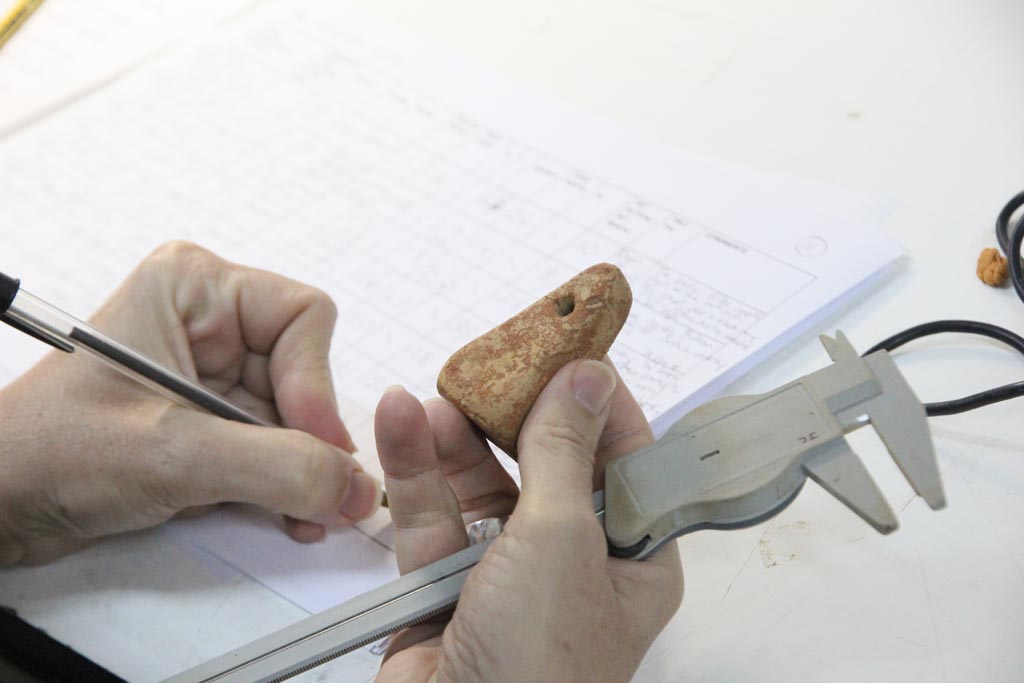
She measures it in every dimension with a precise measuring tool:
– height
– width
– thickness
– size of the hole measured from both sides
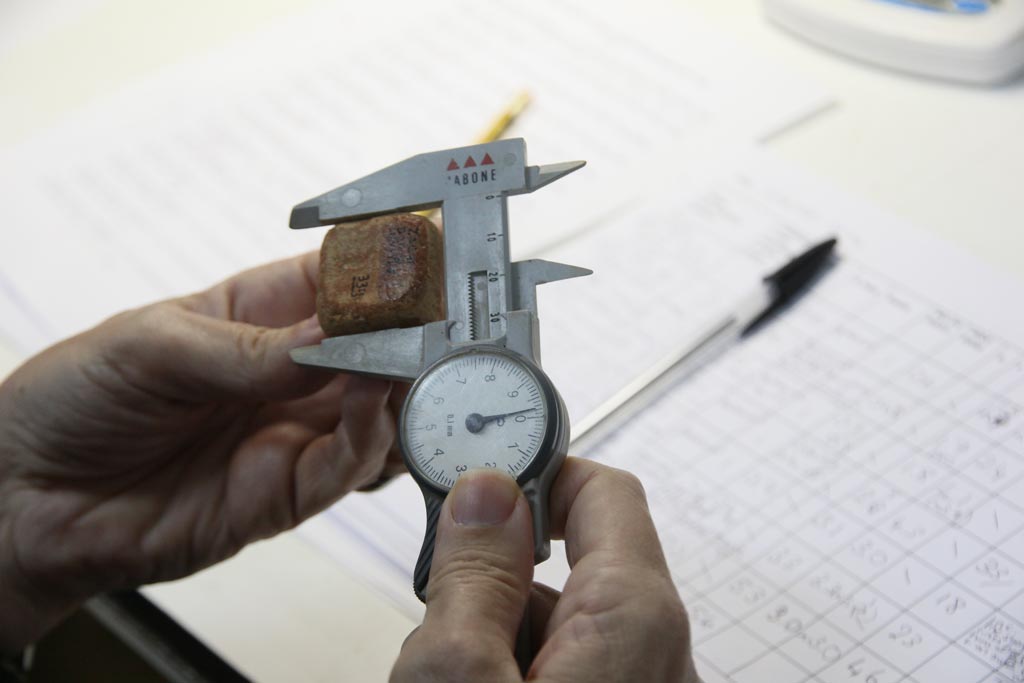
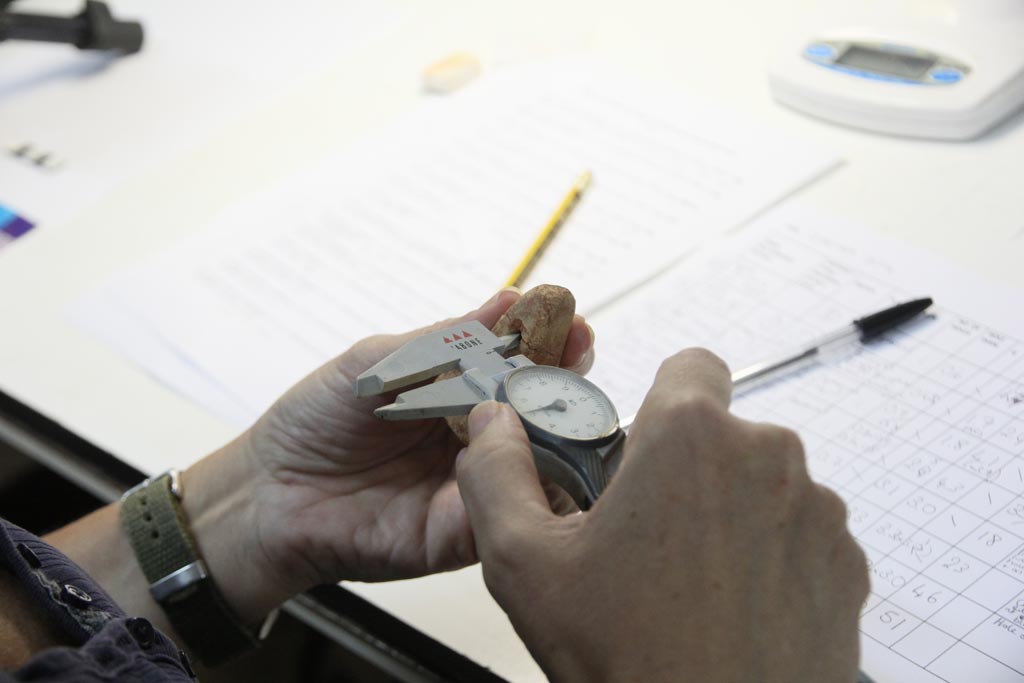
She weighs the artefact.
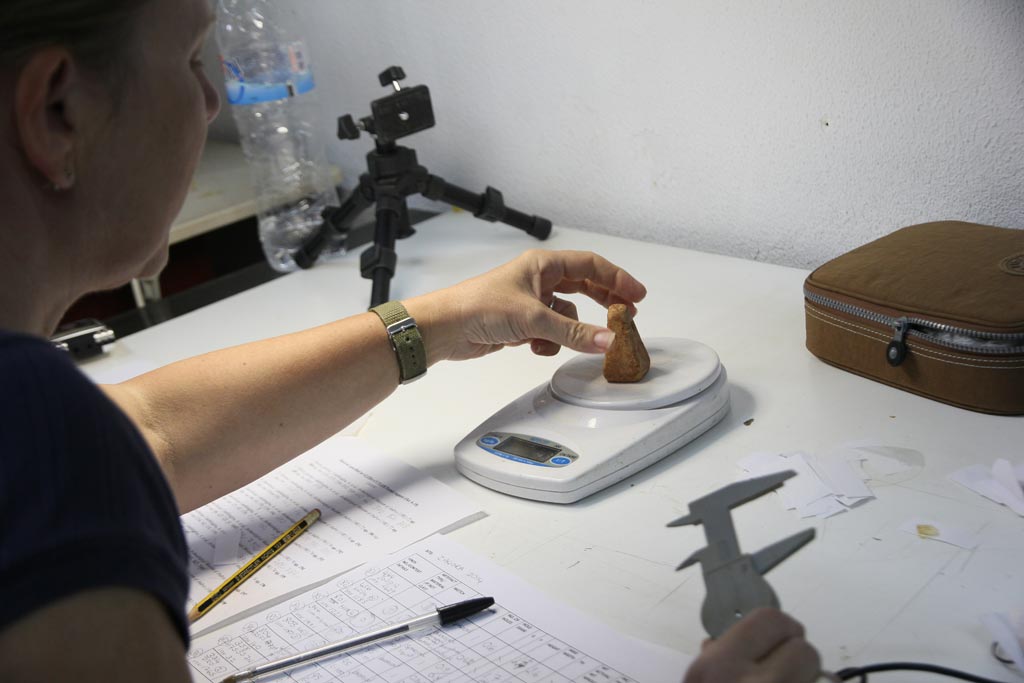
She photographs the artefact with a small camera set up on a tripod.
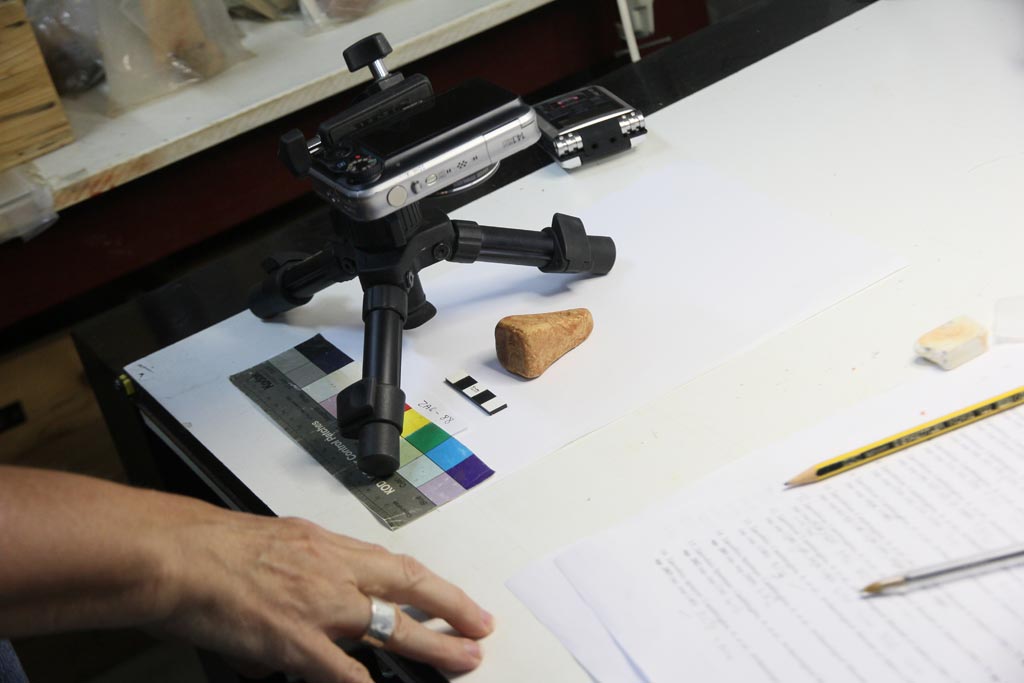
She also photographs the artefact with a special digital microscope camera which provides a very clear image of the fabric of the fired clay from which the tool is made. If it is coarse ware, she will clearly see all the inclusions (grains of different kinds of material, such as minerals) that were used to make the clay). This, together with further petrographic analysis, can help to determine whether the clay is local or came from elsewhere.
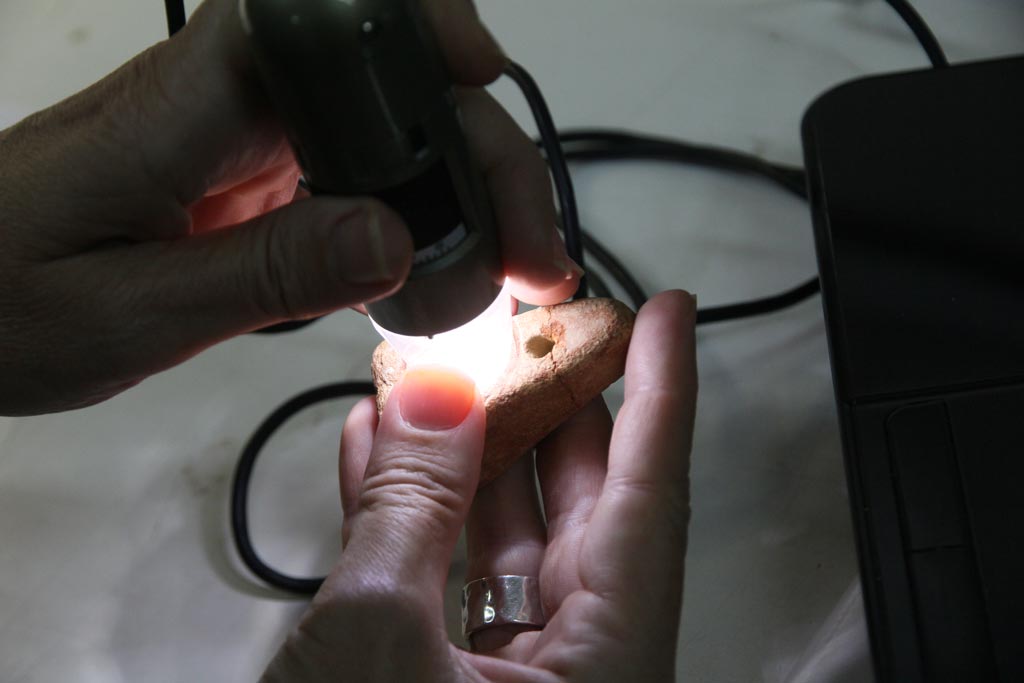
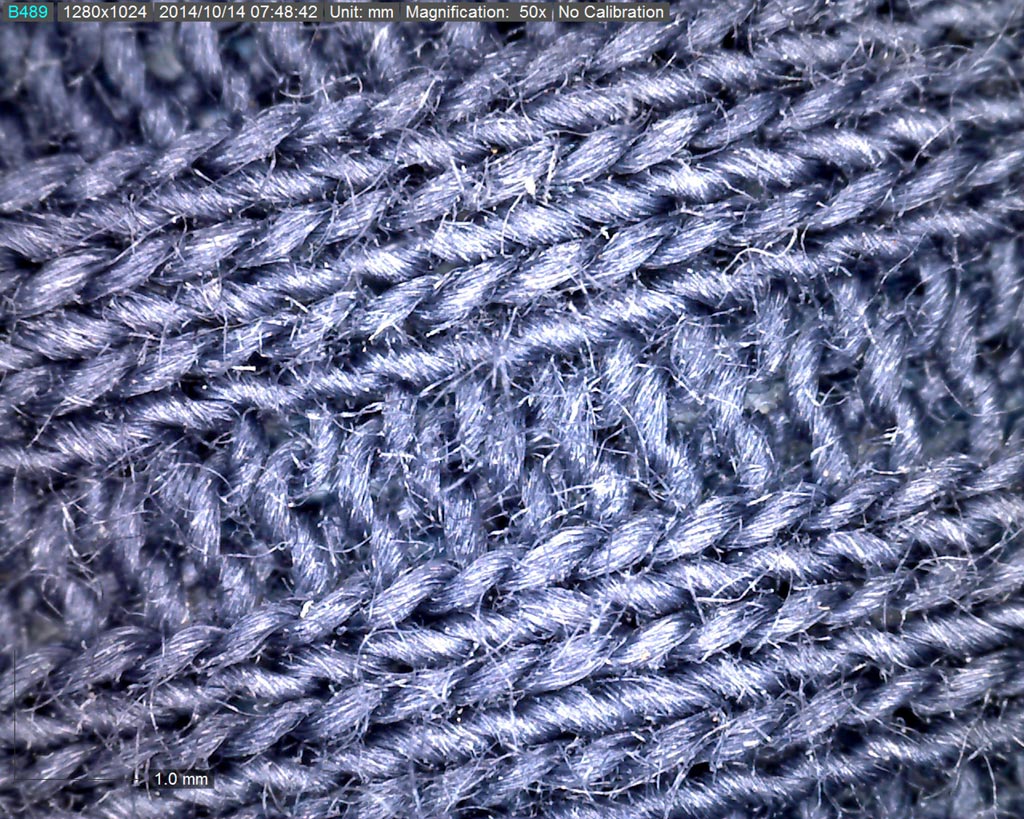
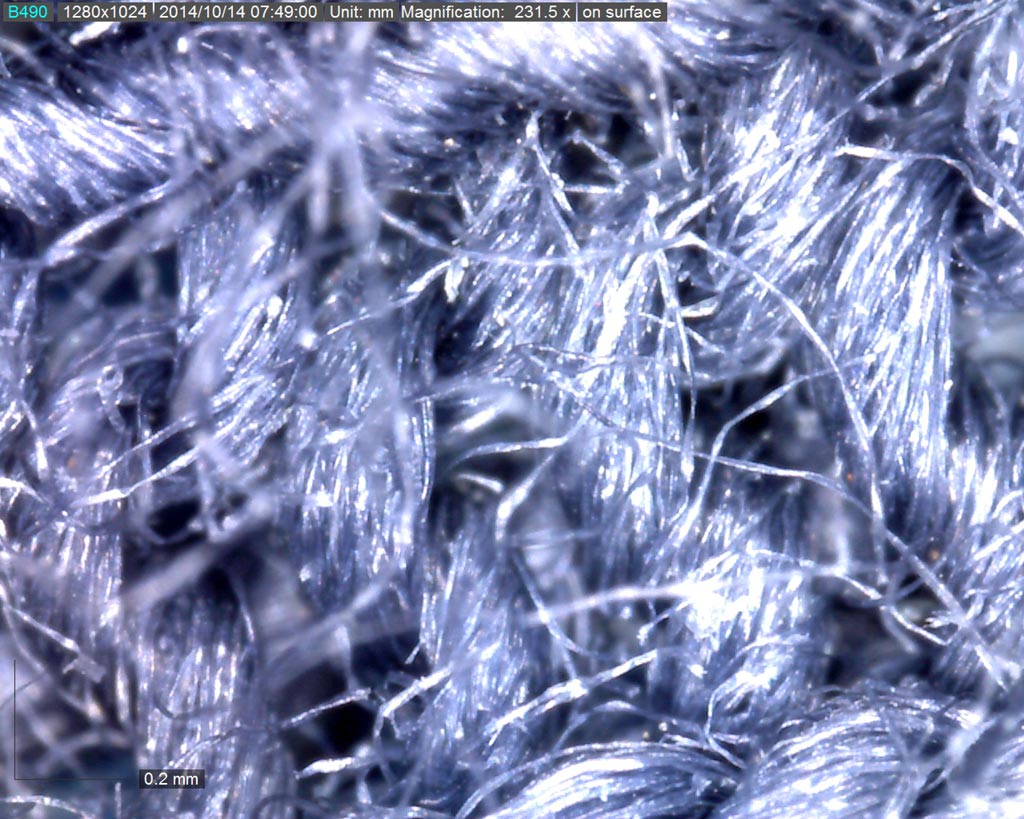
Jo makes careful notes about her measurements and observations.
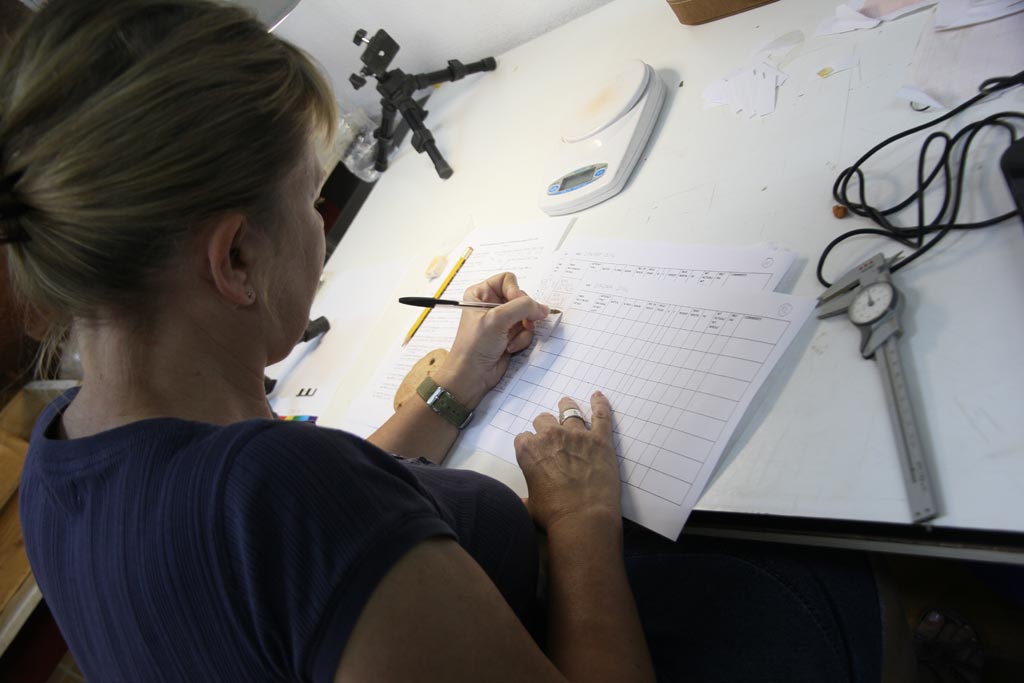
Jo is doing her research at the museum for three days this week, after which she will take her notes and photographs home, and continue her analysis work. From the size and weight of each artefact, Jo will run calculations to determine what kinds of yarns are likely to have been spun with the spindle whorls, and what kinds of textiles could have been woven with the loom weights.
Her findings will tell us more about the kinds of textiles and their uses, for example, for clothing, blankets, ship sail cloth, funerary shrouds, etc.
They may also provide evidence about travel and migration patterns because these are the kinds of tools that are usually taken by the owners when they move.
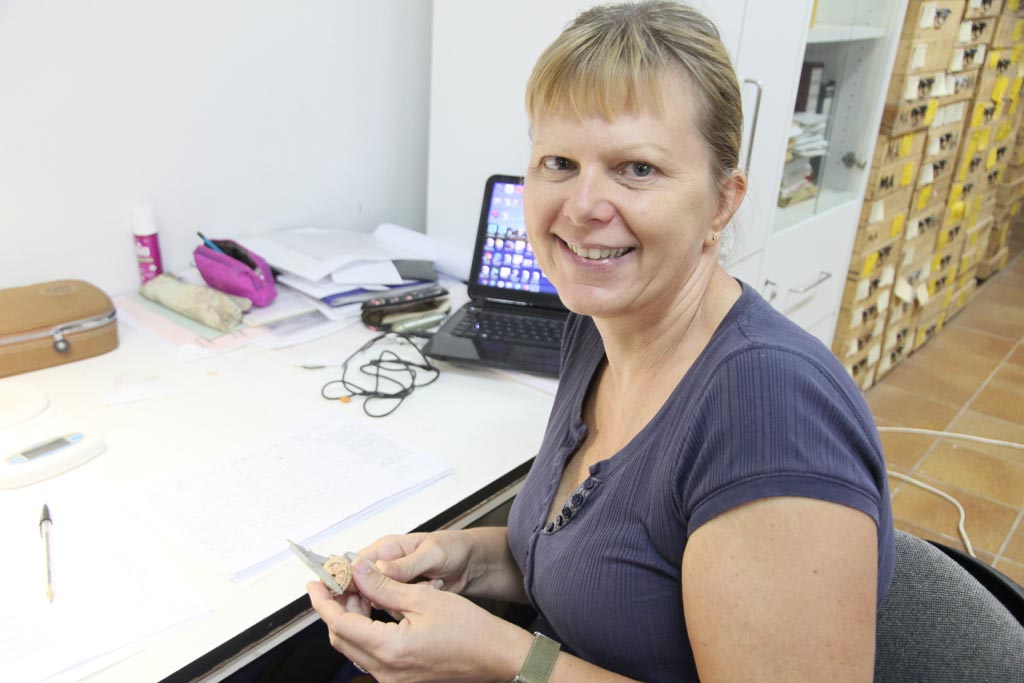
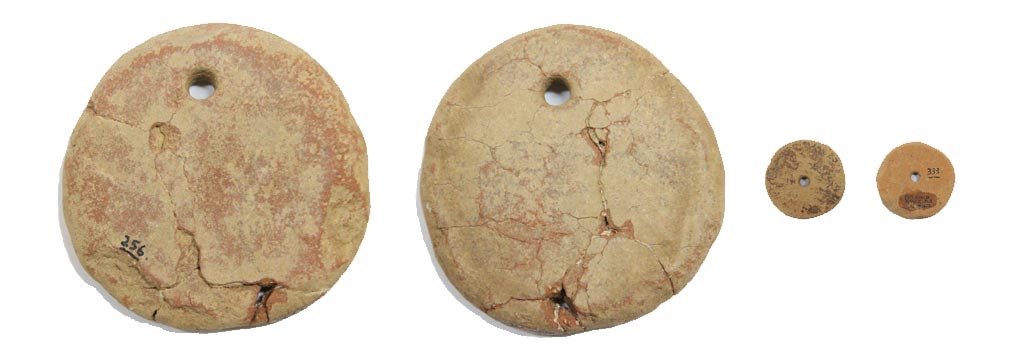
On Wednesdays at 6pm, we usually have a presentation at Zagora by one of the specialists who is working here. Last Wednesday, Jo Cutler delivered a fascinating presentation about her textile tool work – which was followed by an enthusiastic question-and-answer session.
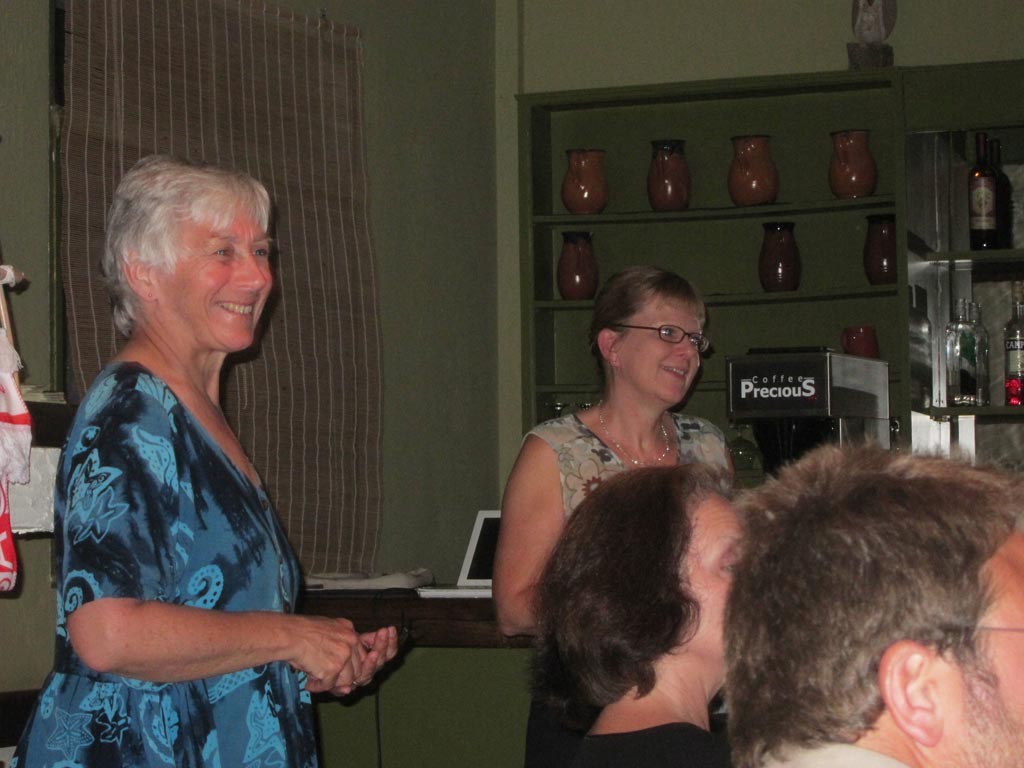
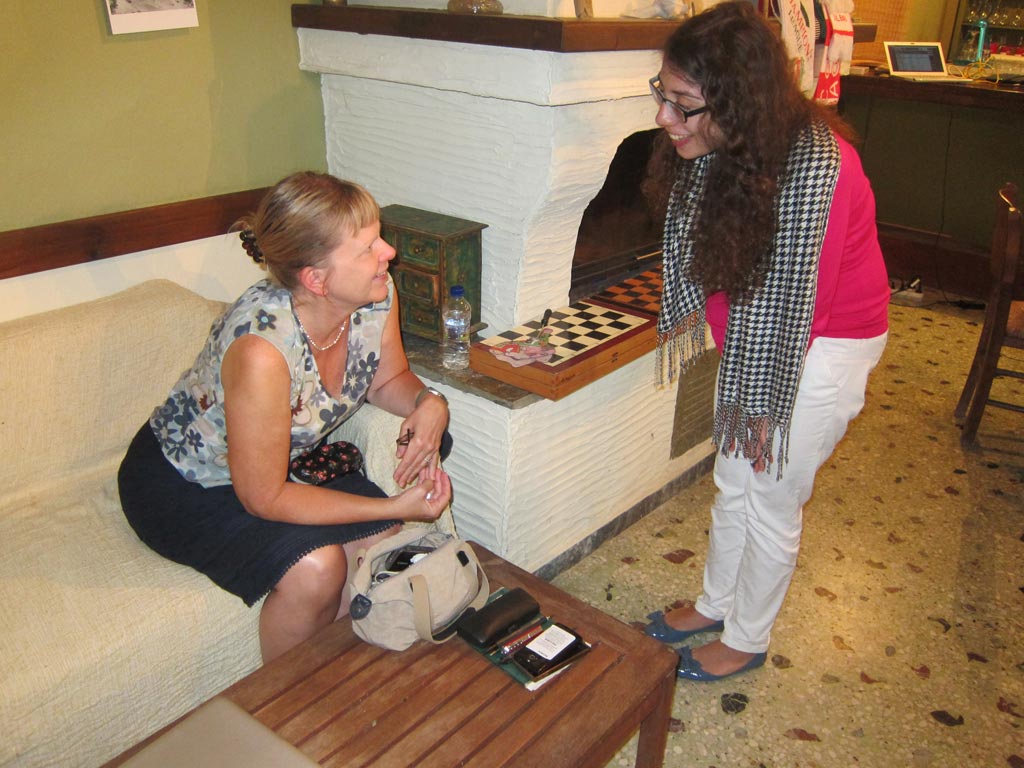
Many thanks to Jo Cutler for her help with the development of this post – patiently explaining the processes to me, posing for photos and providing suggestions to improve the text.
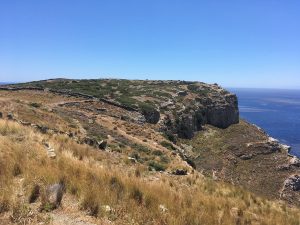
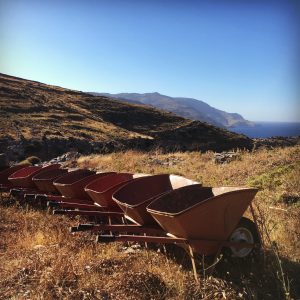
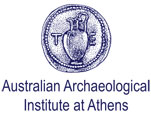
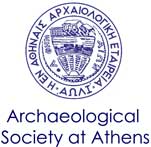

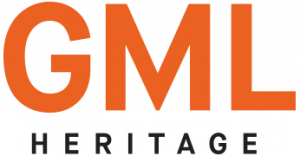
2 thoughts on “Researching Zagora textile tools”
This post, with some of the other ones, confirms the fact that The Zagora project attracts stellar talents at all levels. It also illustrates the international status of the research and the very wide significance of its findings. For readers, including experts as well as lay folk, such ready availability of information is most valuable.
Thank you for your kind comment – I’m glad you found the post interesting.